On the 26th of April, 1937, the town of Guernica, deeply enshrined in Basque heritage, witnessed an atrocity that transcended its immediate human toll to echo politically across time and nations. Casting its shadow on the canvas of the 1930s political tableau—a landscape marred by the burgeoning spectre of fascism amidst tremors of democratic resistance—the Luftwaffe’s unfettered bombardment, piloted by ideological ferocity, laid bare the grim realities of mechanised warfare and its horrendous potential for civilian devastation. The bombing of Guernica was not merely an isolated incident in a civil war, but a precursor to a world on the precipice of global conflict, encapsulating the ideological rifts that were to define a century.
Historical Context of Guernica
The Prelude and Consequences of the Bombing of Guernica
The bombing of Guernica, a harrowing event on 26th April 1937, constitutes one of the most devastating attacks upon a civilian population in the annuls of 20th-century European history. This atrocious act was executed by the Nazi German Luftwaffe’s Condor Legion and the Italian Aviazione Legionaria at the behest of the Nationalist forces during the Spanish Civil War. Understanding the impetus for this event and its subsequent political aftermath is crucial for grasping its significance in global historical context.
The Spanish Civil War (1936-1939) served as the precursor to the bombing. Spain, at a critical political crossroads, fractured into two factions: the Republicans, who supported the democratically elected government, and the Nationalists, led by General Francisco Franco, who sought to overturn the prevailing order through military coup. The conflict swiftly attracted the attention of international entities, who saw Spain as a battleground for their competing ideologies.
Several pivotal events stoked tensions leading up to the assault on Guernica. Initially, the war’s progression marked a series of escalated interactions, with both factions vying for control over strategic territories. The proximity of Guernica to the front line and its importance as a cultural centre for the Basque people made it a logistical target for the Nationalists.
It was upon this backdrop that German and Italian forces committed themselves to supporting Franco’s cause, envisaging a potent opportunity to test their own militaries in war conditions. Unrestricted aerial bombing was among the tactics explored, with Guernica becoming its most infamous experiment.
On the designated day, without warning, the town was subjected to relentless bombardment. The attack, lasting for hours, led to profound loss of life and razed the town to ash. The use of such force against a civilian population marked a grim turning point in modern military engagement, as it disregarded established norms of war.
The political impact of Guernica’s bombing was manifold. Condemnation from across the global stage was immediate. The outrage was encapsulated by Pablo Picasso’s iconic mural, ‘Guernica’, which immortalised the atrocity and fuelled anti-fascist sentiments worldwide. This representation served as a catalyst, magnifying the event’s significance and situating it as a symbol of civilian suffering under fascist aggression.
Moreover, the bombing had profound implications for the conduct of warfare, serving as a precursor to the blitzkrieg tactics that would come to define the Second World War. Additionally, it galvanised broader anti-war and peace movements, which recognised the urgent need to prevent future such acts against innocents.
In closing, the bombing of Guernica emerged from a confluence of military strategy and ideological warfare, its repercussions echoing far beyond the immediate destruction. Not only did the event foreshadow the widespread civilian casualties that would characterise much of the 20th-century conflict, but it also became emblematic of the universal struggle against the forces of tyranny and fascism, thus shaping the contours of historical and political discourse for generations thereafter.
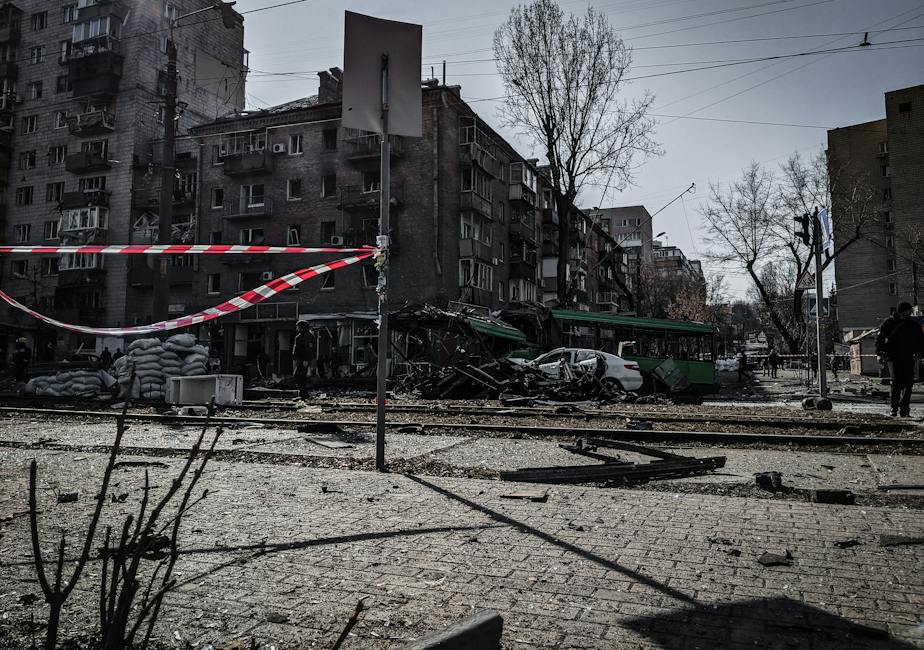
Immediate Political Reactions to Guernica
In the immediate aftermath of the Guernica bombing, a palpable shift occurred in the international theatre of politics and diplomacy. Governments and political entities worldwide grappled with the brutal wakeup call that was the unprecedented assault on the Basque town during the Spanish Civil War. The response from various global quarters was varied and complex, encompassing actions that ranged from governmental to humanitarian.
Most pertinently, the League of Nations, the precursor to the United Nations, found itself wrestling with its very relevance in the wake of Guernica. Despite palpable global outrage at the event, the League’s response was marked by restraint and caution, largely due to intricacies of international agreements and the non-intervention policies that most European countries upheld during the Spanish Civil War. Nonetheless, this event catalysed a series of intense debates within the League’s Assembly and Council about non-intervention and the necessity to safeguard civilians in armed conflicts, leading to discussions that would eventually influence the protocols of modern warfare and the Geneva Conventions.
In a broader political context, the event exacerbated the pre-existing divide between fascism and democracy on the European continent. Many governments, particularly those aligned with leftist ideologies, stepped up their vocal condemnation of the Nationalist forces, while right-leaning regimes either deflected blame or remained conspicuously silent. This deepening ideological divide foreshadowed the polarization that would come to define European politics in the years leading up to World War II.
Furthermore, the humanitarian response to the tragedy took a decisive turn. International aid organisations and foreign nationals who were present in Spain to support the Republican cause, such as the International Brigades, strengthened their resolve following Guernica. Reports from these groups and journalists would spur a significant increase in financial and material aid from around the globe, funnelled into Spain in support of the Republican government and its people. The horror of Guernica, in effect, became a siren call for increased humanitarian activism across borders.
Lastly, it must be acknowledged that the response to the Guernica bombing was also marked by a significant ramping up of propaganda efforts on both sides of the conflict. The Nationalists, with assistance from their German and Italian allies, attempted to control the narrative by casting doubt on the source and severity of the bombing, while the Republicans sought to leverage the tragedy to gain international sympathy and support. Media outlets globally became stages for ideological conflict, wielding the story of Guernica as both a weapon and a rallying cry in a rapidly polarizing world.
The reactions and measures taken by governments and political entities immediately following the Guernica tragedy painted a vivid picture of a world on the precipice of monumental change. It was a moment that not only defined the nature and direction of the Spanish Civil War but also left an indelible imprint on the international conscience, altering the course of diplomatic and humanitarian actions for years to come.
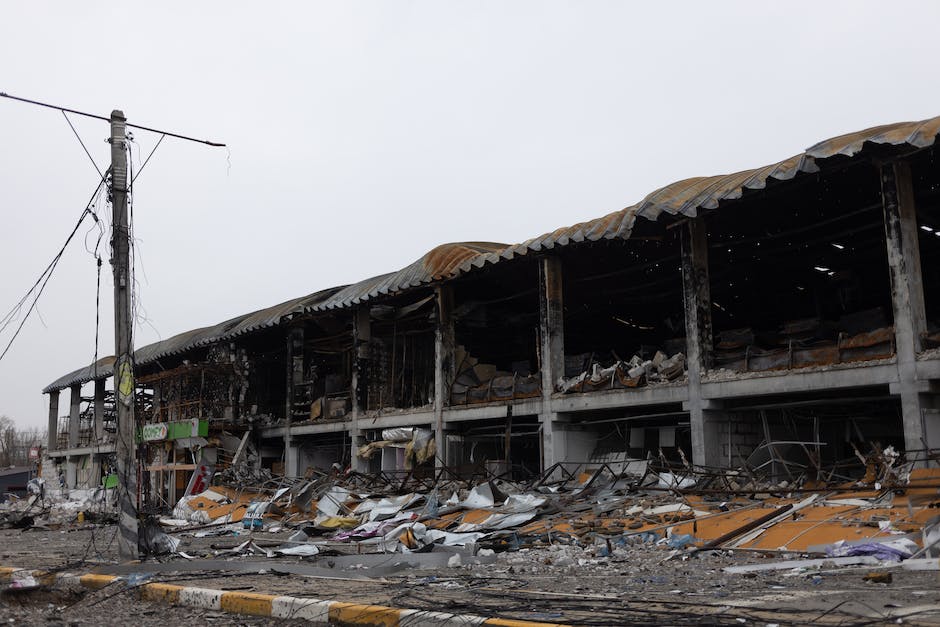
Artistic Depiction and Its Political Influence
Following the devastating aerial bombardment of Guernica, the international community watched in horror as the fallout laid bare the shortcomings of existing non-intervention agreements. The League of Nations, though founded on the principles of collective security and conflict resolution, found itself outstripped by the rapid escalation of hostilities that characterised the Spanish Civil War. The bombing brutally underscored the inadequacy of the League’s power to enforce its covenants, particularly the non-intervention policies that states had pledged to uphold, not least because major world powers such as Germany and Italy were actively involved in flouting them.
Intertwined with the narrative of military aggression was the ideological conflict that deepened Europe’s political fault lines. The stark dichotomy between fascist expansionism and democratic resilience was laid out in the rubble of Guernica. Undeniably, this calamity served to underline the existential threat posed to democratic ideals by the rise of fascism. Such events galvanised the advocacy for democracy, spurring intellectuals and political leaders alike to more forcefully articulate the need to stand against the tide of authoritarianism.
Amidst the destruction, the humanitarian impulse erupted with profound fervour. An increased flow of aid was directed towards the beleaguered Republican government and its citizens, as global sympathy swelled. Responding to the humanitarian crisis, international brigades assembled and volunteers crossed borders, often defying their own governments, to lend their support to the Republic. Such actions illuminated shared solidarity that transcended national interests, reflecting a collective sense of responsibility towards fellow human beings in distress.
The bombing also triggered a more insidious arms race – that of competing narratives. Propaganda became a salient weapon for both Nationalists and Republicans as they each strove to sway public opinion and control the story of the conflict. This tactical use of media and messaging perhaps foreshadowed the importance that such psychological strategies would hold in future international conflicts.
Additionally, the resonance of Guernica’s bombing extended into the realm of diplomatic engagement and humanitarian actions. It catalysed shifts in foreign policy, prompting governments and organisations to reassess their strategies toward both the Spanish Civil War and broader international conflicts. The visceral impact of the bombing contributed to a crucial discourse on the ethics of warfare, particularly the targeting of civilians, shaping the evolution of modern humanitarian legal frameworks.
In conclusion, it is clear that the impact of Guernica reverberated far beyond the immediate tragedy. The atrocity accentuated the inadequacies of prevailing international systems, highlighted the stark ideological battle lines, incentivised humanitarian intervention, revealed the power of propaganda, and influenced the trajectory of diplomatic and humanitarian responses. The potency of these consequences continues to inform contemporary political thought and sentiment.
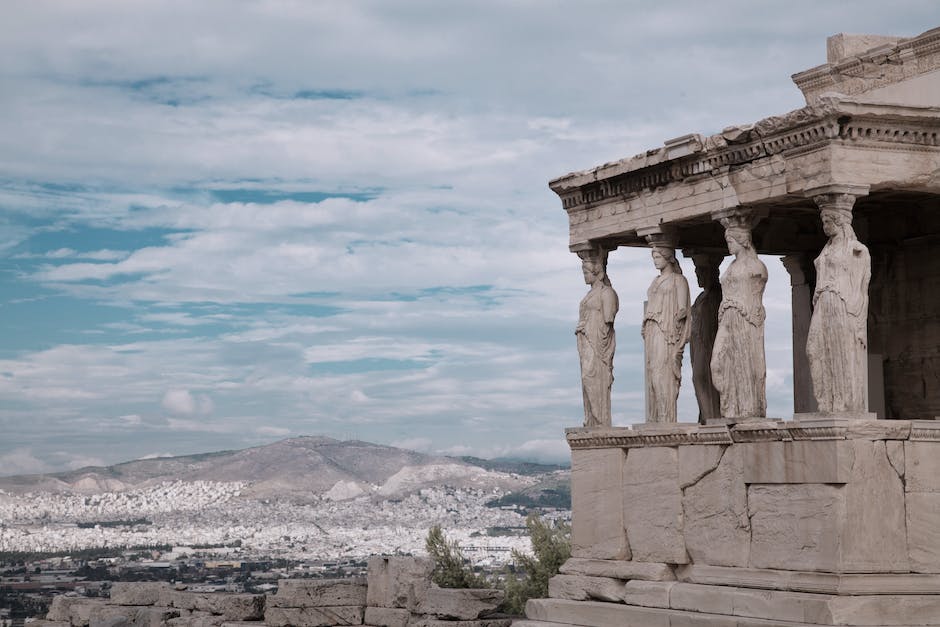
Long-term Political Consequences of Guernica
The League of Nations’ Reaction to Guernica: A Precursor to Contemporary Non-Intervention Dilemmas
The League of Nations’ restrained response to the Guernica bombing was a significant, if somewhat disheartening, precursor to the evolution of international non-intervention policies. This ill-fated approach underscored the limitations of the League as a peacekeeping body and forecasted the challenges facing later institutions such as the United Nations. The incident laid bare the inadequacies inherent in the League’s structure and its inability to enforce its covenants, ultimately underscoring the necessity for a more robust system for international cooperation and conflict resolution.
Fascism vs. Democracy: A Widening European Chasm
The annihilation of Guernica magnified the ideological battle lines drawn between fascism and democracy, a schism that would later plunge Europe into its darkest historical chapter—the Second World War. This event highlighted the existential peril democracy faced from the encroaching fascist ideologies. The stark contrast between these two systems of governance was etched deep into the collective memory of European nations and remained a pivotal discourse through the century.
Humanitarianism and Solidarity: The World’s Compassionate Response
In the wake of the bombing, a global surge of humanitarianism was directed towards the beleaguered Spanish Republic. The international community’s provision of aid was an early example of transnational solidarity in the face of a humanitarian crisis. Such efforts set a precedent for future relief assistance and established a framework within the broader context of diplomatic relations and conflicts.
Propaganda and Narrative Control: The Information Struggle
Both sides of the Spanish Civil War employed propaganda aggressively to sway public opinion and international sentiment. Guernica epitomized the power of narrative control as a non-kinetic form of warfare. The Republicans and Nationalists’ use of media and art in their propaganda efforts would later influence methods utilized in global conflict scenarios, underscoring the importance of controlling the information landscape.
Diplomacy and Ethics: Deriving Lessons from Devastation
The Guernica bombing was not only a catalyst for international diplomatic and humanitarian action but also a turning point in the ethical discourse of warfare. The deliberate targeting of civilians brought to the forefront debates on the morality of such actions and influenced the formulation of future rules of engagement. The discourse on wartime ethics that emerged thereafter continued to resonate and adapt in light of subsequent conflicts and international policy development.
Guernica in Contemporary Political Context: An Undiminished Echo
Finally, the enduring political influence of Guernica can be discerned in the hallways of contemporary political thought. The incident, beyond its immediate horror and tragedy, has remained a powerful touchstone in the considerations of governance, international law, and the need for a vigilant defence of human rights and democratic principles. It symbolizes the ongoing tension between power and principle, and the inescapable responsibility of the international community to safeguard the sanctity of human life and dignity against the excesses of conflict.
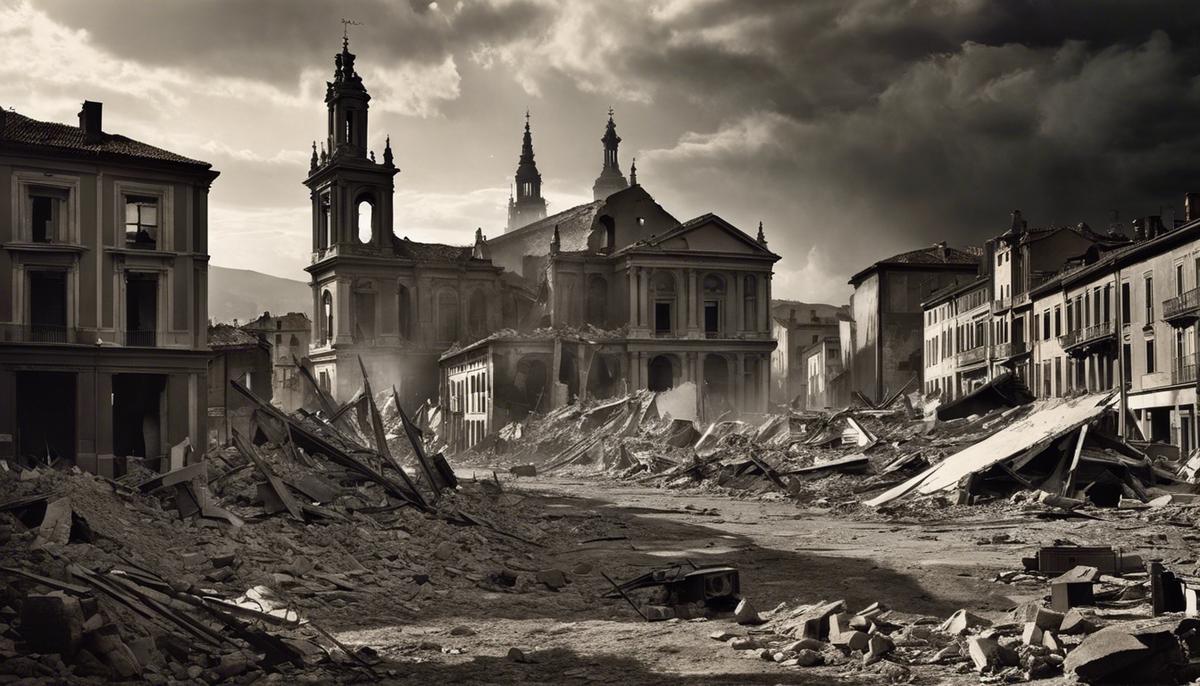
Guernica in Modern Political Memory and Culture
Commemoration and Political Utilisation of Guernica in the Contemporary Era
In the sphere of contemporary political culture, the legacy of Guernica remains a significant touchstone for discourse on both the conduct of war and the aspirations for peace. This article seeks to elucidate the various ways in which Guernica has been commemorated and utilised within current political paradigms.
The atrocity of Guernica has been memorialised through various public acts of remembrance that serve as a collective commitment to peace. Cities around the globe have named streets and public places after Guernica to honour the town and the enduring symbolism of its suffering during the Spanish Civil War. Public artworks and exhibitions frequently reference Guernica with the intent of evoking a reflection on the horrors of war and the universal desire for peace.
Furthermore, Guernica has been employed extensively by political groups across the spectrum to advance their ideologies and causes. The anti-war movements have particularly found an ally in the narrative of Guernica, using it as a poignant example of the devastating effects of military aggression on innocent civilians. These movements leverage the historical significance of Guernica to advocate for non-interventionist policies and to promote diplomatic means of conflict resolution.
Political commentators and theorists also persistently draw upon Guernica as a seminal case study in discussions surrounding the ethics of warfare and the impact of technological advancements on war conduct. The bombing of Guernica is often cited to argue against the dehumanisation of warfare and the morally reprehensible targeting of non-combatants.
The educational sector has taken a keen interest in Guernica, incorporating the tragic events as an essential component of history and ethics curricula. This has cemented the incident’s place in the collective consciousness of successive generations, ensuring that its lessons are not easily forgotten.
On a diplomatic front, Guernica has been referenced during peace negotiations and treaty discussions as a reminder of the irreplaceable loss that armed conflict brings. Guernica stands as a somber beacon advocating for the protection of cultural heritage, the prevention of civilian casualties, and the adherence to international humanitarian law.
In times of conflict, Guernica surfaces as a powerful symbol in protests and peace rallies. Its imagery and message resonate powerfully with those who resist the machinery of war and champion the cause of peaceful resolution. It has become emblematic of the cost of political and ideological extremism when allowed to spiral unchecked into violent expression.
In conclusion, Guernica’s commemoration in contemporary society and its adoption into the fabric of political culture crystallise the collective disapproval of unnecessary human loss while underpinning the perennial quest for a world where peace prevails. As generations pass, the echoes of Guernica continue to reverberate, reminding us of the imperative to challenge the scourge of war and protect human dignity at all costs.
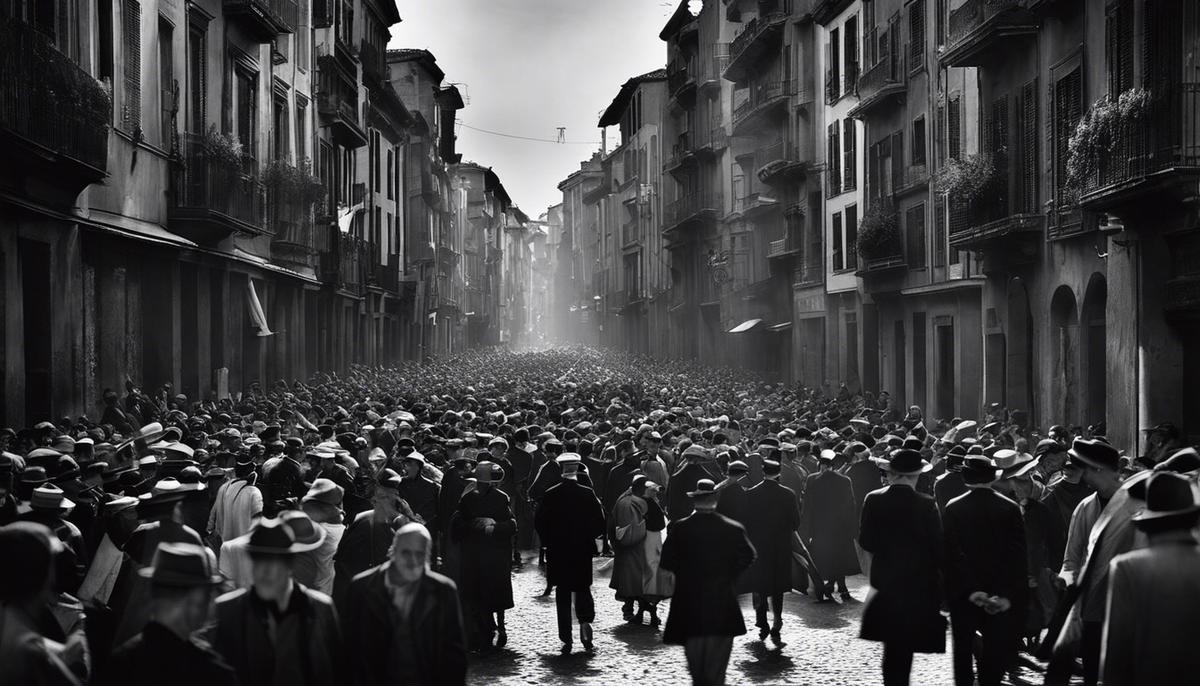
Guernica endures, etched into the collective consciousness, not merely as a testament to historical brutality but as a perpetual beacon of anti-war sentiment and resilience against authoritarianism. Far beyond its physical and temporal origins, it reverberates through the corridors of contemporary political discussions, a poignant reminder of the casualties of war and the enduring responsibility of nation-states to protect the sanctity of human life. With the silent solemnity of Picasso’s brushstrokes, the legacy of Guernica, both as lived suffering and artistic emblem, continues to provoke reflection, stimulate cultural discourse, and shape the tenets of international law and human rights. As haunting as the cries that once pierced the Basque sky, the echo of Guernica lingers, compelling humanity to look upon itself and strive for an era where such sorrow is but a distant memory.





















